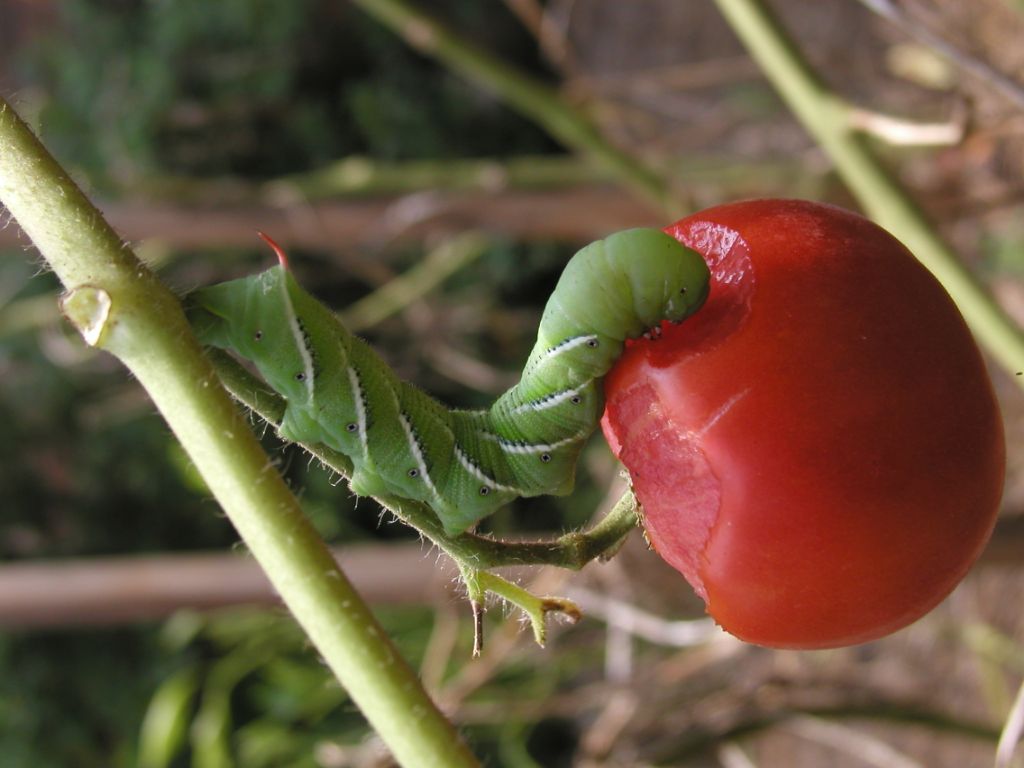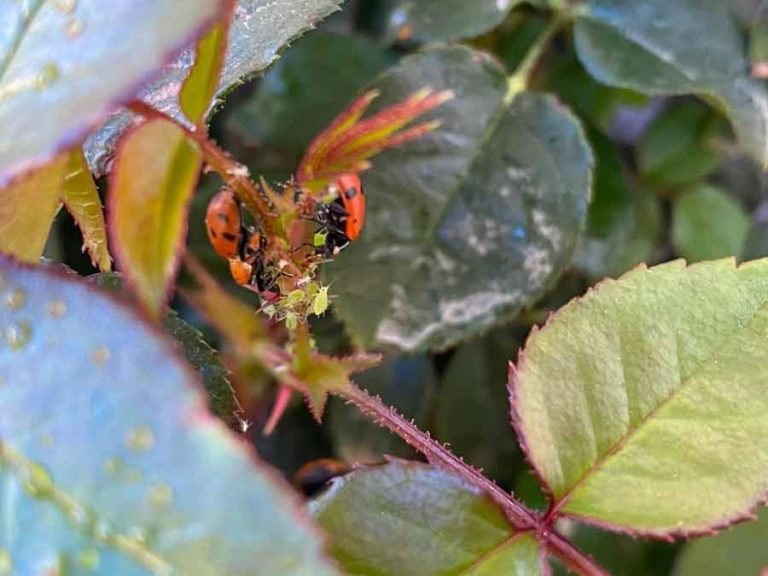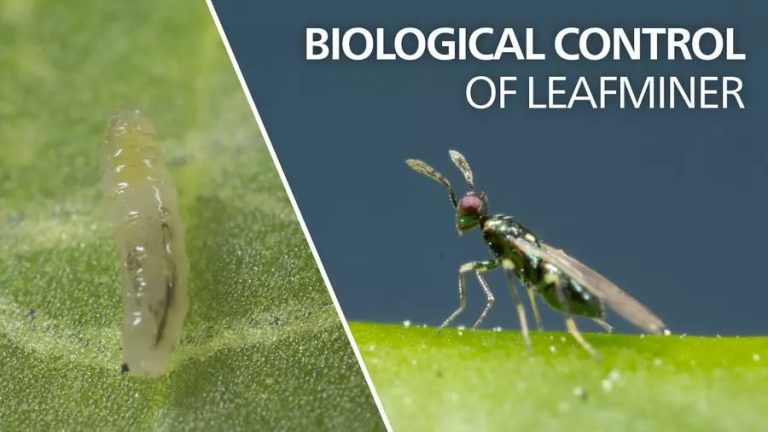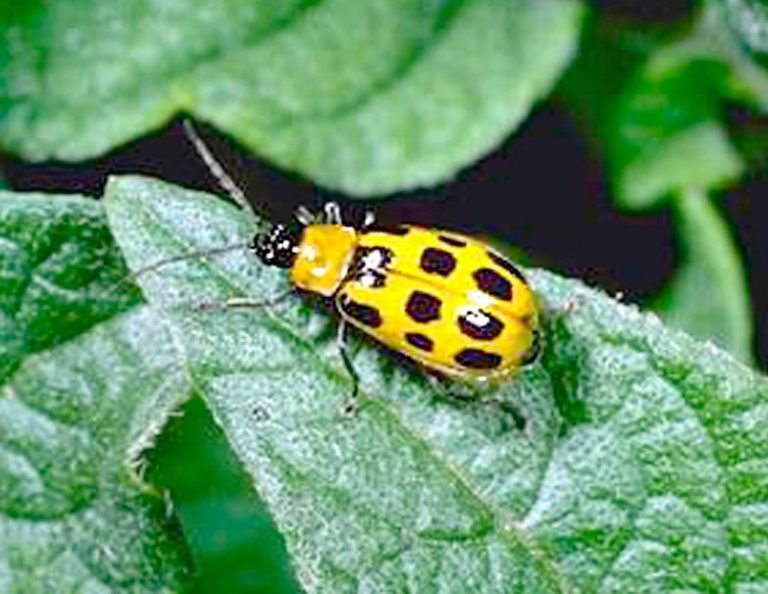Identifying And Treating Tomato Hornworms: Protecting Your Tomato Plants
Tomato hornworms are large caterpillars that can severely damage tomato plants by voraciously feeding on leaves, stems, and fruit. They are the larvae of the five-spotted hawkmoth and blend in well camouflaged as large green worms with white V-shaped markings on their sides. If left uncontrolled, hornworms can quickly defoliate an entire tomato plant, leaving it stripped bare. They will also feed directly on green tomatoes, creating large holes and scars on the fruit. A heavy infestation can decimate a tomato crop within a few days. This is why it is important for gardeners to be able to identify and control tomato hornworms in order to protect their tomato plants.
Identifying Tomato Hornworms
Tomato hornworms are large green caterpillars that can grow up to 4 inches long. They have eight white V-shaped markings along each side and a horn protruding from their rear end, which gives them their name (True Leaf Market, 2022). The horn is blue-black and harmless. Their green color provides camouflage as they feed on tomato foliage and fruit.
Upon close inspection, you may notice white rice-like droppings on plants or below them on the ground. This is a key sign of their presence, as is damage to leaves and tomatoes. Check the undersides of leaves, as this is where hornworms like to hide during the day (Life is Just Ducky, 2022). They tend to feed more actively at night.
Hornworms can quickly defoliate tomato plants, so be on the lookout for ragged leaves or tomatoes with large holes chewed in them. Examine plants frequently to spot them when they are small before extensive damage occurs.
Life Cycle of Tomato Hornworms
The tomato hornworm goes through four life stages – egg, larva, pupa, and adult moth. The eggs are laid by an adult female moth on the undersides of tomato plant leaves in late spring or early summer. After 5-10 days, the eggs hatch into larvae or caterpillars (FamilyHandyman.com, 2023).
The larva or caterpillar stage is when the tomato hornworms are most destructive, voraciously feeding on tomato leaves and consuming large amounts of foliage very quickly. This is the only stage when they eat. According to LearnAboutNature.com (2022), “A mature caterpillar can eat an entire tomato plant in less than a week.” The larva continues eating and growing, shedding its skin about 5 times over 2-3 weeks before forming a pupa.
In the pupal stage, the caterpillar forms a hard brown cocoon around itself and attaches to a tomato plant stem or structure. Inside the cocoon, metamorphosis occurs as the pupa transforms into an adult moth over 1-2 weeks. The adult moth then emerges, lives for about a week, mates, and lays eggs to start the tomato hornworm life cycle over again (FamilyHandyman.com, 2023).
Damage Caused by Tomato Hornworms
Tomato hornworms can cause extensive damage to tomato plants very quickly. The caterpillars have insatiable appetites and voraciously consume leaves, stems, and fruit. According to the University of Minnesota Extension, the larvae can completely defoliate plants in less than a week [1]. They first attack the foliage, eating irregular holes in leaves which often go unnoticed initially. As the infestation grows, hornworms will rapidly strip plants of leaves, leaving only barren stems.
In addition to defoliating plants, tomato hornworms will also feed on green tomatoes. The larvae bore into unripe fruit, causing significant scarring and damage. A single hornworm can ruin multiple tomatoes this way. Left uncontrolled, a tomato hornworm infestation can destroy an entire crop within a short period. University experts estimate complete yield losses may occur when just one or two larvae per plant go untreated early in the season [1]. Quick identification and treatment of infestations is key to prevent major economic losses.
Organic Ways to Control Tomato Hornworms
There are several organic methods you can use to get rid of tomato hornworms without resorting to chemical pesticides. These organic approaches are safe for you, beneficial insects, and the environment.
Handpicking the hornworms off plants is very effective for small gardens. Check under leaves for the large caterpillars and pick them off, ideally in the morning when they are less active. Drop them into a bucket of soapy water to kill them. Destroy any hornworm eggs you find as well.
Use beneficial insects like parasitic wasps to naturally control hornworms. The wasps lay their eggs inside the hornworms, killing them from the inside out. You can purchase live wasps to release or attract them with flowering plants like dill, fennel, and parsley.
Apply Bacillus thuringiensis or BT for short. This organic microbial insecticide kills larvae when they ingest it but does not harm people or beneficial insects. Spray BT onto vulnerable tomato plants every 1-2 weeks during peak hornworm season.
Mulching around the base of plants is another organic deterrent as it makes it harder for the moths to lay their eggs in the soil. Just make sure not to pile mulch directly on the plant stems.
For more details on organic hornworm control methods for tomato plants, check out the guide at https://www.growveg.com/guides/organic-tomato-hornworm-control/.
Chemical Pesticide Options
While organic options are ideal, chemical pesticides can also be effective for controlling tomato hornworms if used properly. Some common chemical treatment options include:
Bacillus thuringiensis (Bt) – This is a natural bacterium that is toxic to hornworms when ingested, but safe for people and plants. Products containing Bt like Dipel, Thuricide, and Monterey Garden Insect Spray can be sprayed directly onto plants.
Insecticidal soaps – Soap-based insecticide sprays like Safer Brand Insect Killing Soap can help suffocate and kill young hornworms on contact. Avoid using soaps in the heat of the day, as they may burn plants.
Neem oil – Extracted from the neem tree, this oil disrupts the molting process of hornworms and prevents larvae from maturing. Spray neem oil on plants every 1-2 weeks early in the growing season.
Pyrethroids – Synthetic pesticides like permethrin, bifenthrin, and cypermethrin are effective at killing hornworms, but can also harm beneficial insects. Use pyrethroids sparingly and avoid spraying just before harvest.
When using any chemical pesticide, be sure to follow all safety instructions and wait the required time after application before harvesting vegetables. Combining chemical treatments with regular monitoring and hand removal of hornworms is the best integrated approach.
Preventing Tomato Hornworms
There are a few key ways to help prevent infestations of tomato hornworms in your vegetable garden:
Practicing crop rotation is one of the most effective cultural methods for preventing tomato hornworms. Rotating where you plant tomatoes and related plants like potatoes, eggplants, and peppers each year stops hornworm eggs and larvae from accumulating (“How to Eradicate the Tomato Hornworm from the Garden”). The eggs overwinter in the soil, so moving the host plants to a different part of the garden helps disrupt the hornworm life cycle.
Maintaining healthy tomato plants can also make them less susceptible to damage. Hornworms are more likely to target stressed or struggling plants. Making sure tomatoes get adequate sunlight, water, and nutrition gives them the vigor to better withstand some hornworm feeding (“Tomato Hornworms: How To Control & Prevent This”).

Inspecting plants frequently allows you to manually remove and destroy any hornworm eggs you find. The eggs are laid on the undersides of leaves in clusters and are round and yellow, resembling BB pellets. Removing them before they hatch eliminates a whole generation of hornworm larvae before they can damage plants (“The Tomato Hornworm–Worst Insect Pest of Tomatoes”).
When to Call a Professional
While tomato hornworms can usually be managed with diligent monitoring and organic or chemical control methods, you may need to call in a professional pest control company if the infestation is severe and out of control. Signs that it’s time to bring in professional help include:
Extensive damage and complete defoliation of plants – If the tomato hornworms have stripped all the leaves off your tomato plants and crops are being completely destroyed, this indicates a heavy infestation. Trying to control heavy infestations on your own can be extremely difficult.
Hornworms everywhere – If you are finding dozens or hundreds of hornworm caterpillars on each plant, the infestation has gotten out of hand. At this point, it will be challenging to manually remove or treat all the pests.
Reinfestation – If you have repeatedly tried to control tomato hornworms using organic methods like handpicking or natural sprays like BT, but the caterpillars keep coming back and multiplying, bringing in a professional may be your best option. They have access to more potent chemical treatments that can knock back heavy infestations.
Repeated chemical pesticide applications fail – If you have repeatedly sprayed chemical insecticides but are still finding new generations of tomato hornworms, the infestation is firmly established. A professional exterminator can apply stronger chemical treatments than are available to home gardeners.
The key point is that if both organic methods and chemical pesticides have failed to control tomato hornworms in your garden, and plants continue to be ravaged, don’t hesitate to call a professional pest control company. They have the know-how and products to tackle severe infestations and prevent further crop losses.
Recovering After a Tomato Hornworm Infestation
If your tomato plants have been damaged by hornworms, don’t lose hope! With some care and patience, you can often nurse them back to health. Here are some tips for helping your plants recover:
Trim away any severely damaged stems or leaves. This will get rid of the unsightly damage and allow the plant to focus its energy on new growth. According to houzz.com, “Snip off the denuded stems and the plants will grow sideshoots.”
Check carefully for any remaining hornworms or eggs and remove them. You want to eliminate all traces of the pests so your plants can recover.
Fertilize lightly to encourage new leaf and stem growth. A balanced organic fertilizer worked into the soil is ideal.
Keep plants well-watered as they regrow. Healthy soil moisture will aid recovery.
Stake or cage tall plants to provide support if needed.
New foliage and stems should begin to emerge within a couple weeks. Full recovery may take a month or more depending on the extent of damage.
As for any existing tomatoes on damaged plants, it is still safe to consume them. The hornworms do not damage the fruit or introduce any toxins. Simply wash the tomatoes well and enjoy your harvest!
Conclusion
In conclusion, tomato hornworms can cause significant damage to tomato plants if left uncontrolled. They have large appetites and defoliate plants rapidly. It’s important to regularly check plants for signs of the worms, including missing leaves, defoliated stems, and black excrement on leaves and fruit. If infestation is severe, they can completely defoliate and even kill tomato plants.
The most effective control methods involve handpicking the hornworms off plants and dropping them in soapy water. For heavy infestations, using Bacillus thuringiensis or spinosad organic pesticides can help reduce populations. Crop rotation, tilling soil after harvest, and attracting natural predators like parasitic wasps and flies also help prevent future infestations.
By taking proactive steps to monitor for and control tomato hornworms, you can protect your tomato crop and avoid major losses. A combination of physical removal, organic sprays, and prevention methods is key to successful hornworm management.






